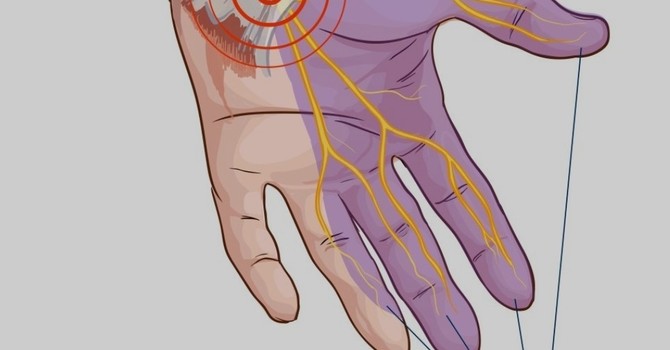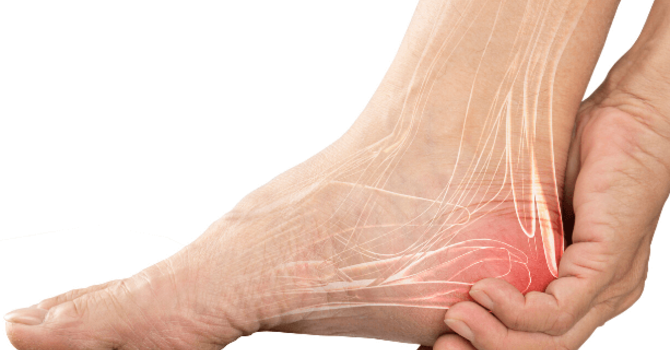Rheumatoid arthritis (RA) is a complex autoimmune disorder that primarily affects the joints, but its impact extends far beyond, potentially affecting various organs and systems. For individuals living with RA or other related rheumatic conditions, physiotherapy plays a vital role in managing symptoms, improving quality of life, and maintaining functionality. In this article, we delve into the nature of rheumatoid arthritis and related disorders, exploring how physiotherapy can help manage these conditions effectively.
Understanding Rheumatoid Arthritis and Related Disorders
What is Rheumatoid Arthritis (RA)?
Rheumatoid arthritis is a chronic inflammatory disorder that causes the immune system to attack healthy joint tissues. This results in inflammation, pain, swelling, and eventual damage to the joint structures. RA is more than just a joint disease—it can also affect the skin, eyes, lungs, heart, and blood vessels.
Common Symptoms of RA
- Joint pain and tenderness, particularly in the hands and feet
- Swelling and stiffness in the joints, often worsening in the morning
- Fatigue and a general feeling of being unwell
- Decreased range of motion and mobility in affected joints
Related Disorders
RA belongs to a broader category of rheumatic diseases, which include:
- Osteoarthritis (OA): A degenerative joint disease characterized by cartilage breakdown.
- Psoriatic Arthritis (PsA): An inflammatory arthritis associated with the skin condition psoriasis.
- Ankylosing Spondylitis (AS): A type of arthritis that primarily affects the spine.
- Lupus (Systemic Lupus Erythematosus): An autoimmune disease that can cause widespread inflammation and tissue damage.
These disorders, while distinct, share common symptoms like joint pain and inflammation, making early diagnosis and intervention crucial.
The Role of Physiotherapy in Managing RA and Related Disorders
Physiotherapy is a cornerstone of RA management, offering a non-invasive and holistic approach to reducing pain, improving joint function, and enhancing overall quality of life. Here’s how physiotherapy can help:
1. Pain Relief
Physiotherapists use various techniques to manage pain:
- Heat and Cold Therapy: Heat helps relax muscles and increase circulation, while cold therapy reduces inflammation and numbs pain.
- TENS (Transcutaneous Electrical Nerve Stimulation): A method that uses electrical currents to reduce pain perception.
- Manual Therapy: Hands-on techniques like massage and joint mobilization can relieve pain and improve function.
2. Maintaining and Improving Mobility
One of the primary goals of physiotherapy is to keep joints flexible and maintain a good range of motion:
- Range of Motion Exercises: Gentle movements that help prevent stiffness and improve flexibility.
- Stretching and Strengthening: Targeted exercises to strengthen muscles around joints, providing better support and reducing the risk of injury.
- Hydrotherapy: Exercise in warm water, which can be especially beneficial for those with severe joint pain.
3. Enhancing Daily Functionality
Physiotherapy also focuses on practical strategies to help individuals manage daily activities with less pain:
- Gait Training: Techniques to improve walking patterns and reduce joint strain.
- Balance and Coordination Exercises: To prevent falls and improve stability.
- Adaptive Techniques: Modifications to daily activities to minimize joint stress, such as using assistive devices or ergonomic adjustments at home or work.
Expert Opinions and Patient Experiences
Quora and other reputable sources provide valuable insights into the lived experiences of those with RA and the effectiveness of physiotherapy:
From Quora:
One user shared, "Physiotherapy was a game-changer for me. After my RA diagnosis, I struggled with daily tasks due to pain and stiffness. My physiotherapist created a personalized exercise plan that not only relieved my pain but also improved my mobility. I now feel more in control of my condition."
Medical Experts Agree:
Dr. Karen Litzy, a physical therapist with extensive experience in treating RA, emphasizes, "Physiotherapy is essential for RA patients. It helps to maintain joint function, reduces pain, and empowers patients with strategies to manage their condition independently."
The Arthritis Foundation echoes this sentiment, stating, "Regular physical activity, especially when supervised by a knowledgeable physiotherapist, is one of the most effective ways to manage rheumatoid arthritis symptoms."
Developing a Personalized Physiotherapy Plan
A tailored physiotherapy plan is crucial for managing RA and related disorders effectively. Here’s how a physiotherapist typically develops such a plan:
Assessment
- Joint Function: Assessing the range of motion, flexibility, and strength of affected joints.
- Pain Levels: Identifying specific areas of pain and what exacerbates or alleviates it.
- Mobility and Balance: Evaluating walking patterns, balance, and overall mobility.
Customized Treatment Plan
Based on the assessment, the physiotherapist designs a plan that may include:
- Exercise Programs: Tailored exercises that target specific areas of weakness or stiffness.
- Manual Therapy: Techniques to relieve pain and improve joint function.
- Education: Teaching patients about joint protection techniques, proper body mechanics, and the importance of regular exercise.
The Importance of Early Intervention
Early physiotherapy intervention can significantly impact the progression of RA and related disorders:
- Preventing Joint Damage: Keeping joints active can slow the progression of joint deterioration.
- Minimizing Disability: Early and consistent physiotherapy can help maintain independence in daily activities.
- Improving Long-Term Outcomes: Consistent physiotherapy can lead to better management of symptoms and overall health.
Self-Care and Home Exercise
While professional physiotherapy is essential, self-care practices at home also play a crucial role:
- Daily Stretching: Incorporate gentle stretches into your daily routine to maintain flexibility.
- Regular Exercise: Engage in low-impact exercises like walking, swimming, or cycling.
- Mind-Body Practices: Yoga and tai chi can improve both physical and mental well-being.
- Lifestyle Modifications: Adjusting daily habits, such as using ergonomic furniture, can reduce joint strain.
Conclusion
Living with rheumatoid arthritis and related disorders is challenging, but physiotherapy offers a path to a better quality of life. Through personalized care plans, targeted exercises, and education, physiotherapy helps manage symptoms, improve joint function, and empower patients to take control of their condition. If you or a loved one is affected by RA, consider consulting a physiotherapist to explore the benefits of a tailored therapeutic approach.
Further Reading
- [Quora Discussions on Rheumatoid Arthritis](https://www.quora.com/topic/Rheumatoid-Arthritis)
- [The Arthritis Foundation](https://www.arthritis.org/)
- [American Physical Therapy Association](https://www.apta.org/)
*Disclaimer: This article is for informational purposes only and does not substitute for professional medical advice. Always consult with a healthcare provider for personalized recommendations.*
Taffy PT
Contact Me


